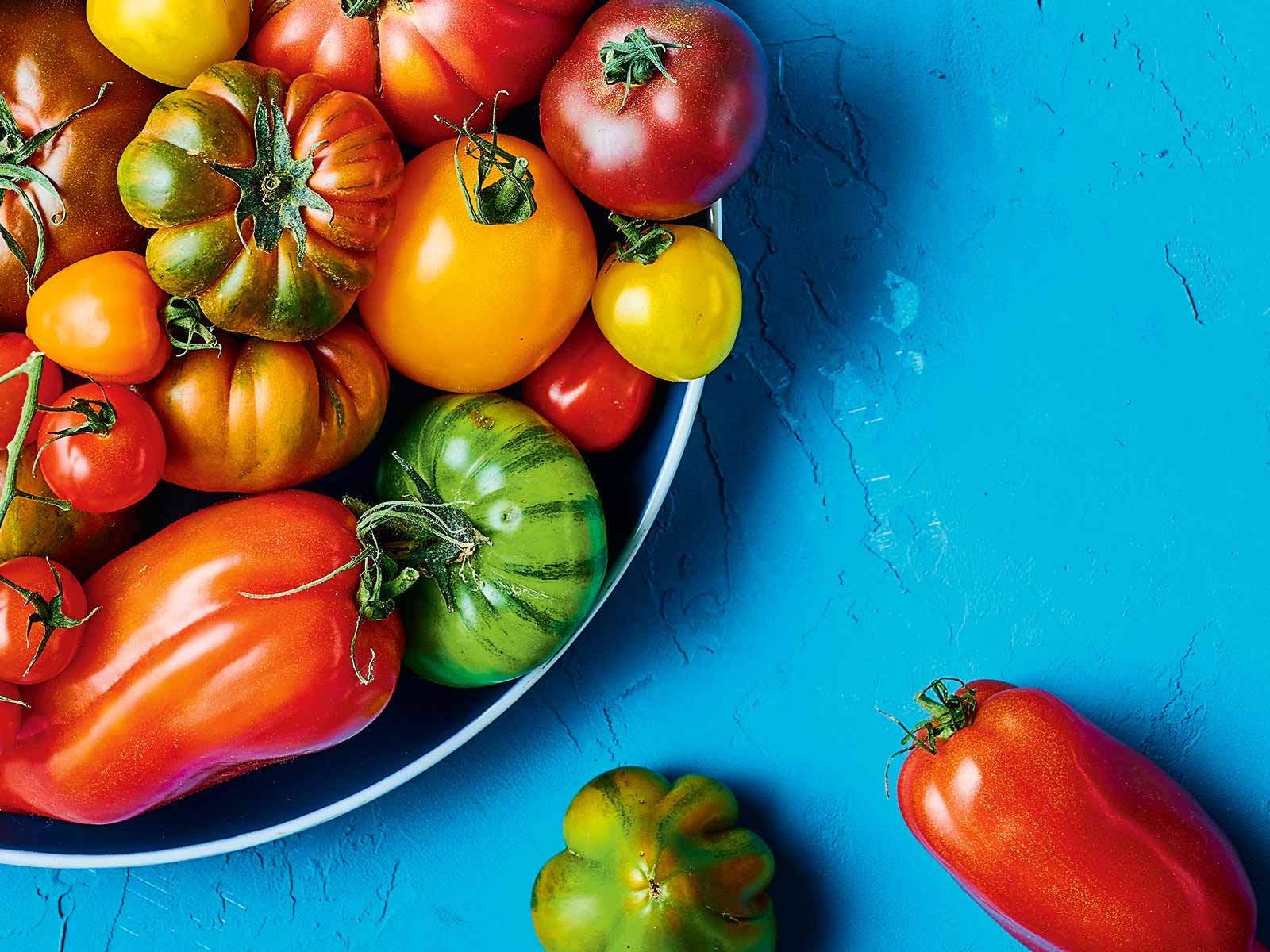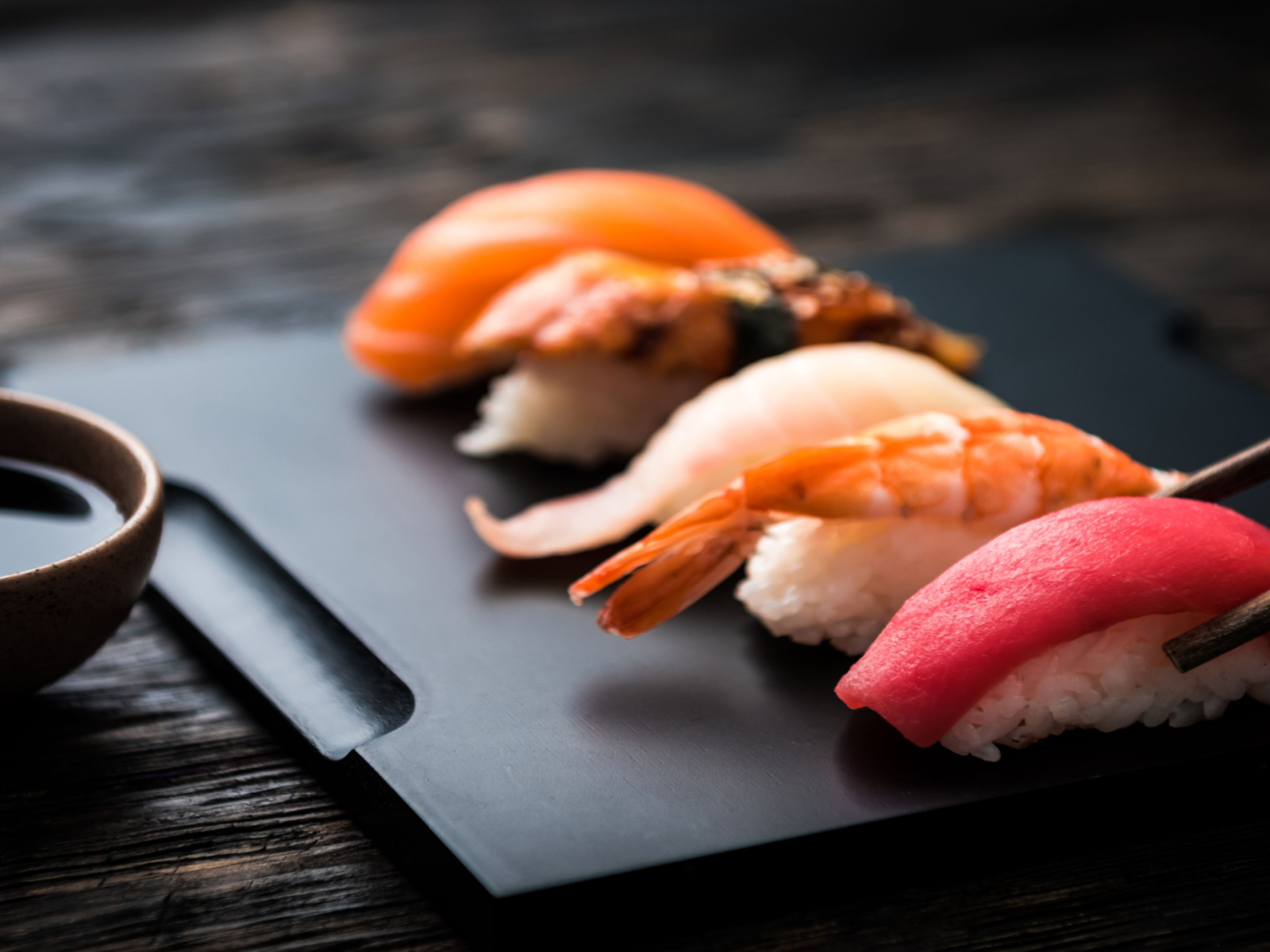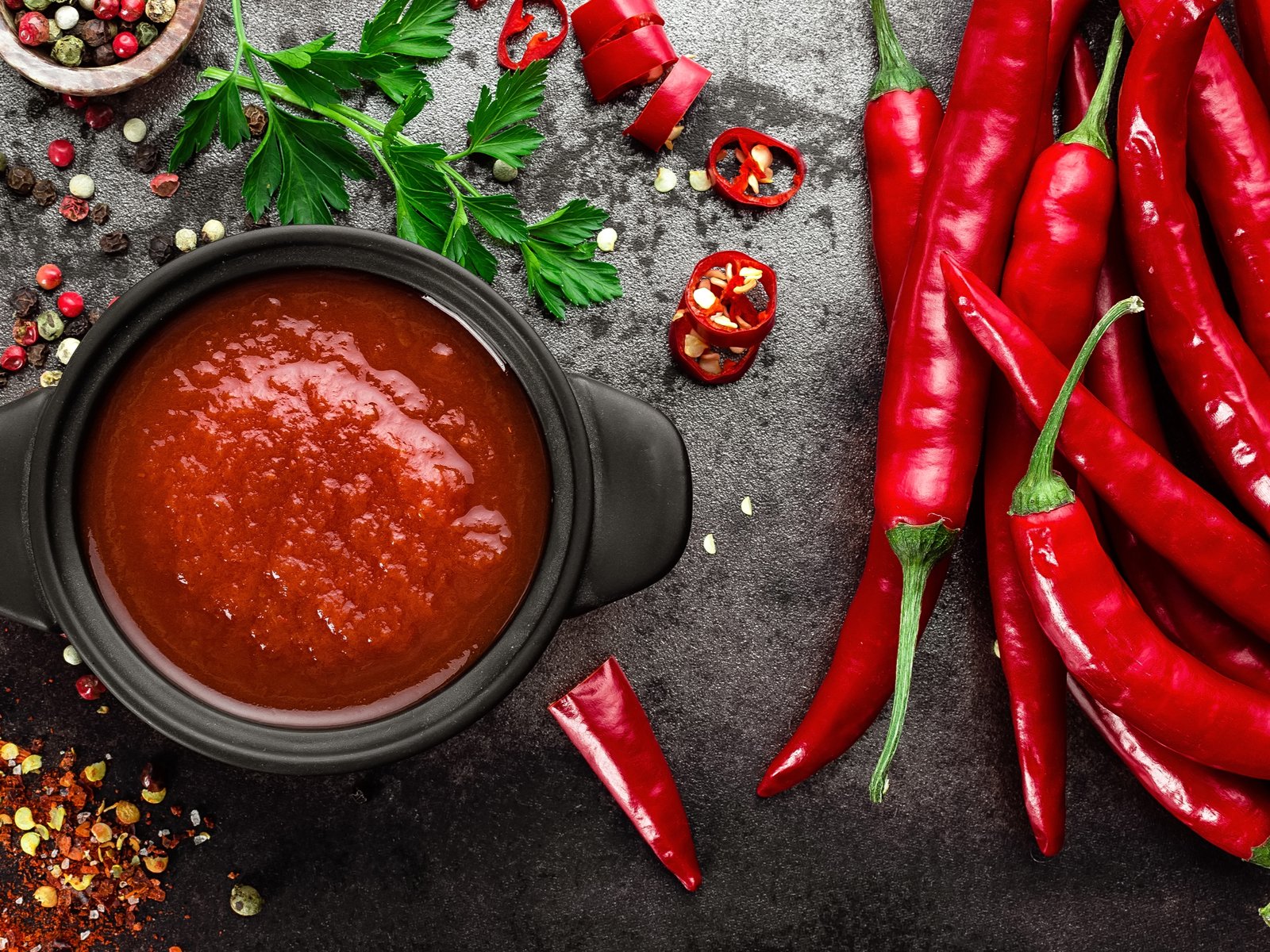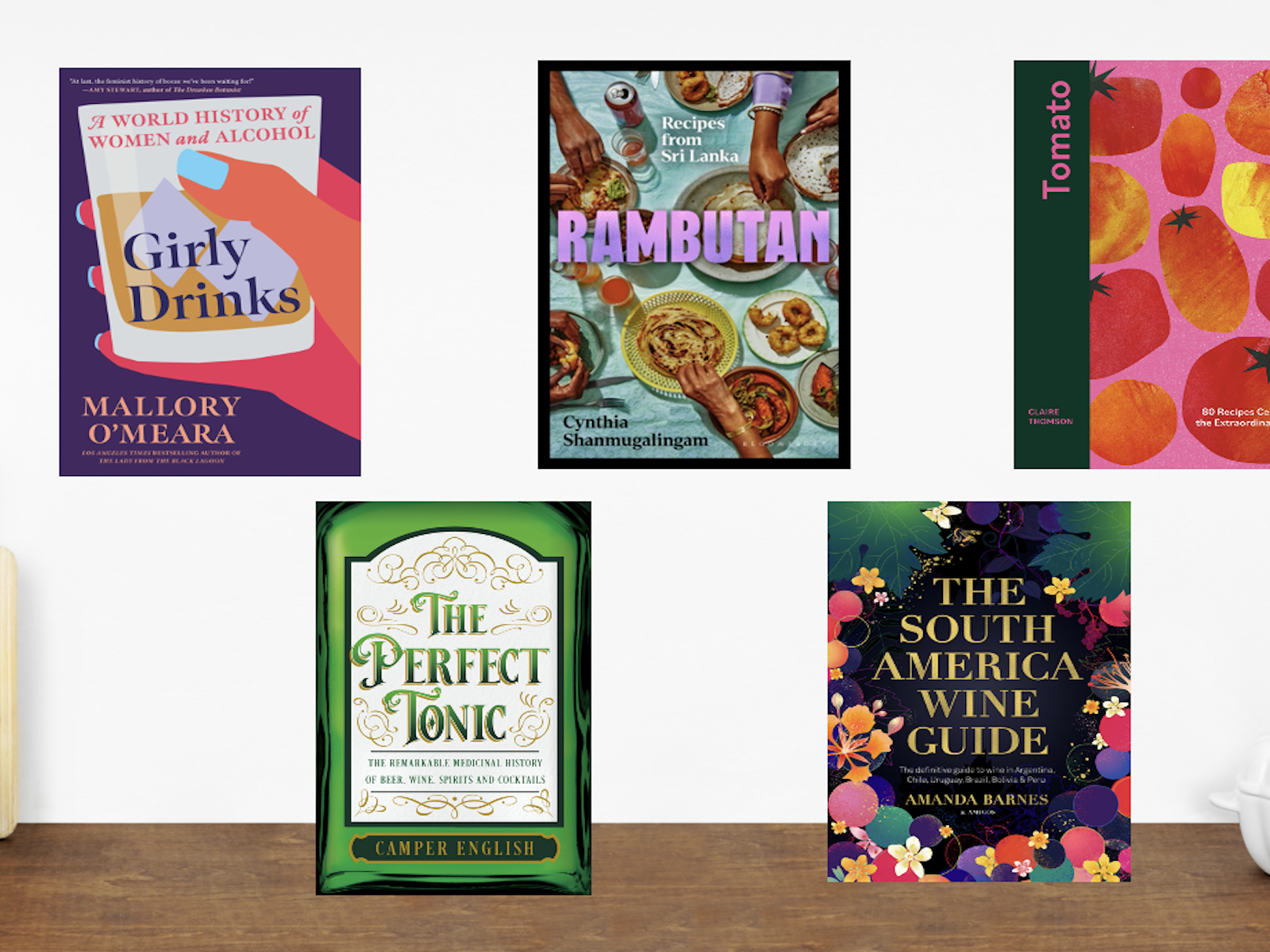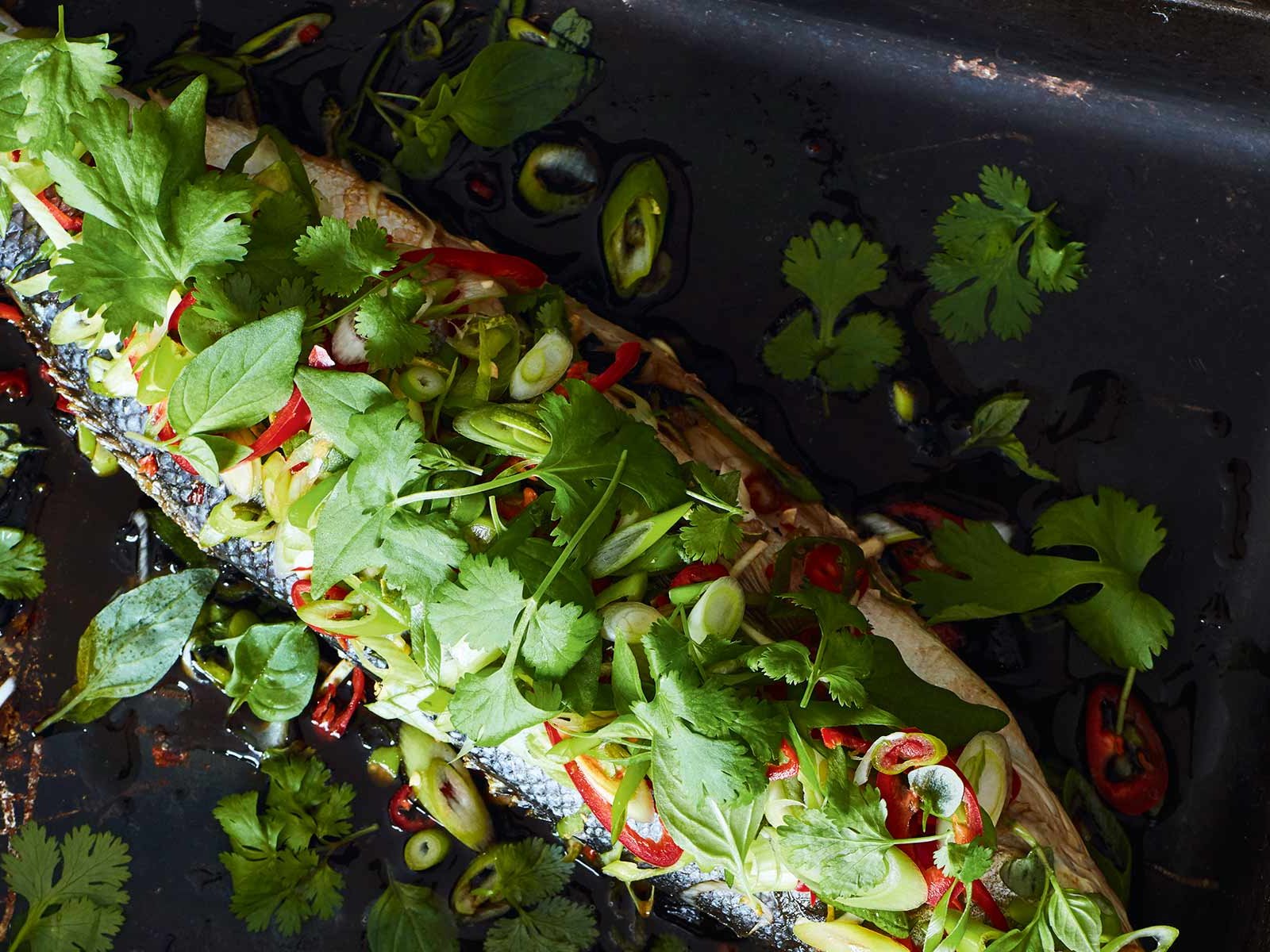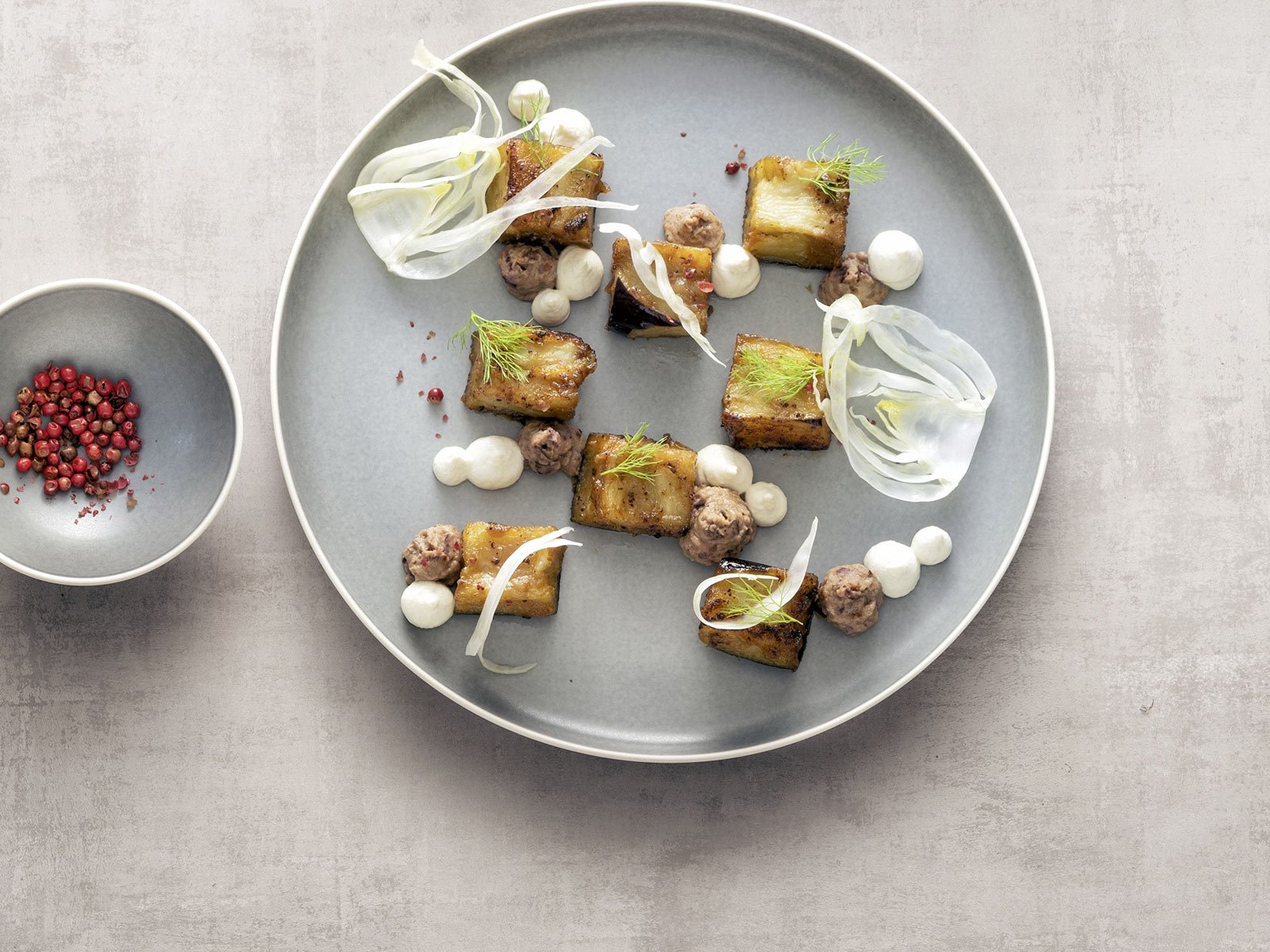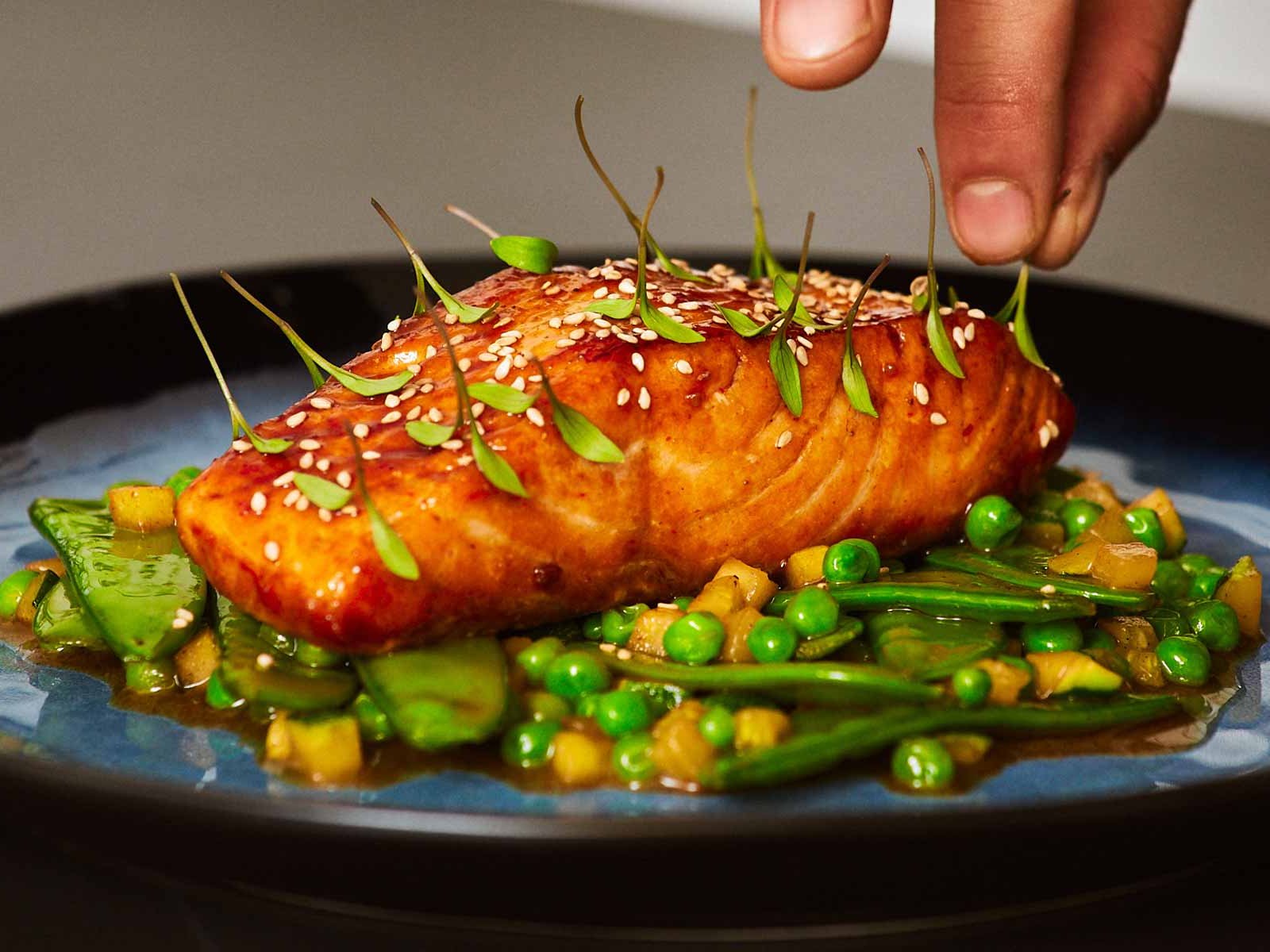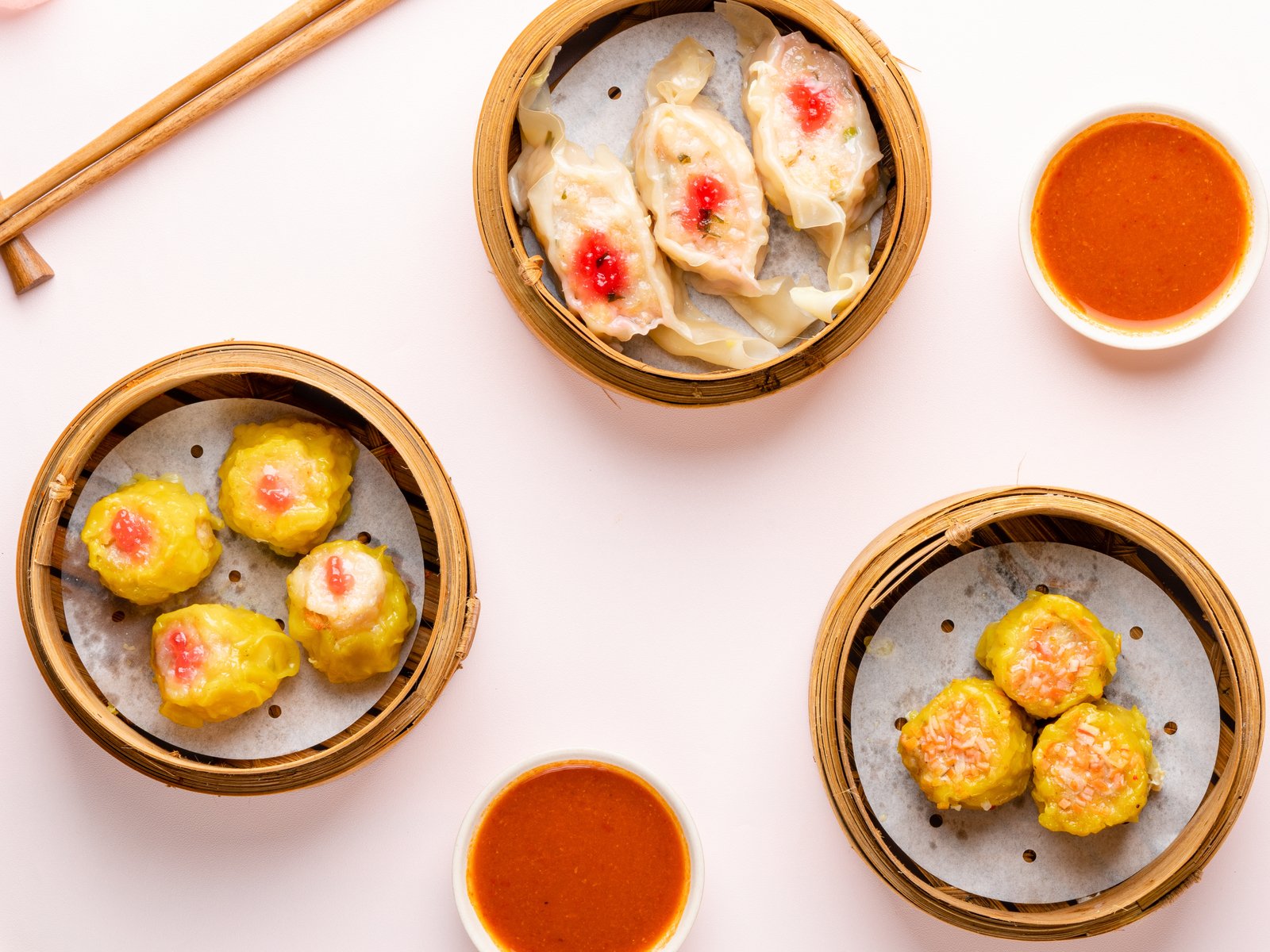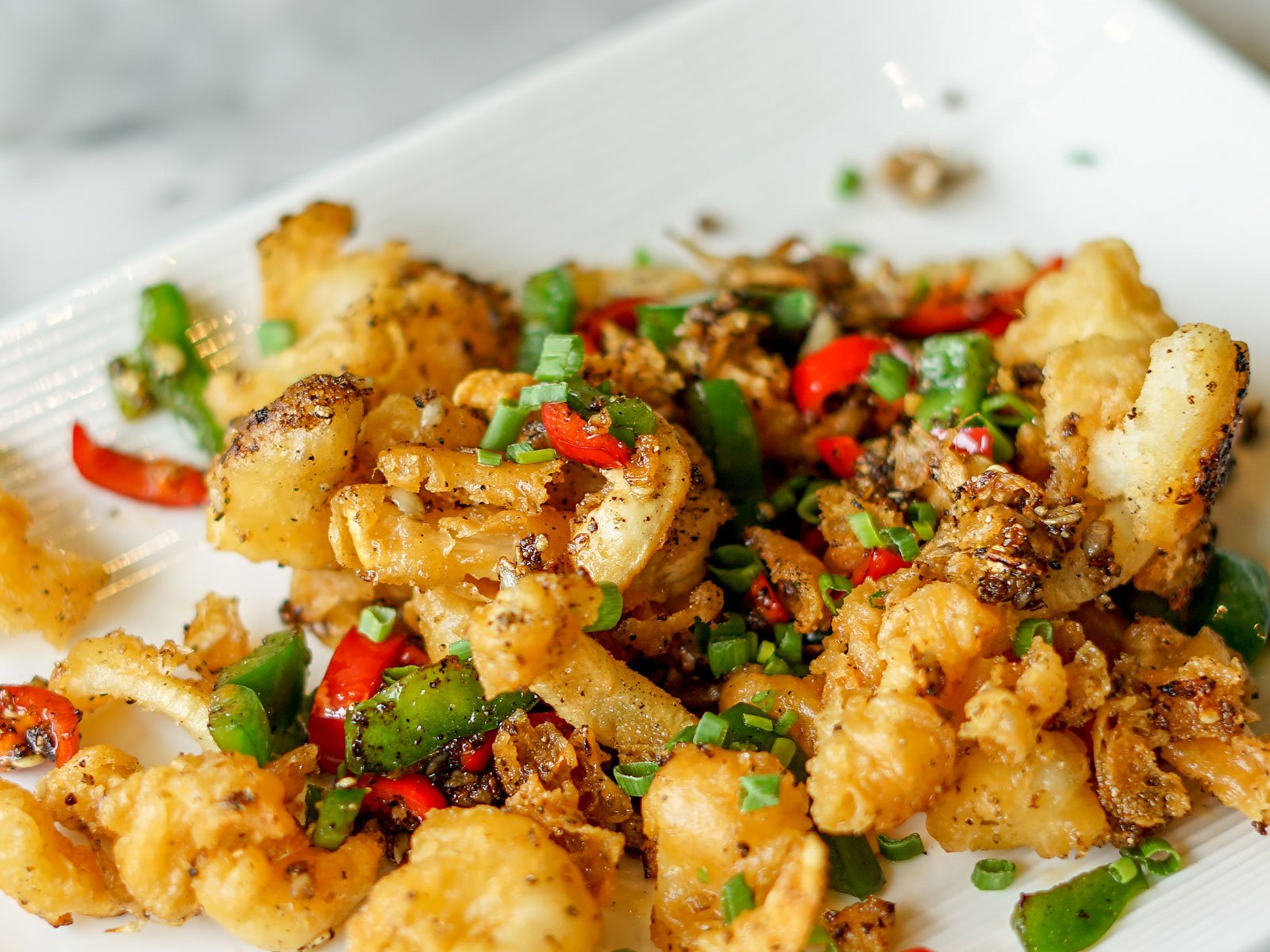Miso in Top Gastronomy
Miso used to have been best known as a key ingredient of the ubiquitous miso soup. Now, this Japanese seasoning paste is conquering top gastronomy.
Whoever calls Peter Koch these days usually ends up listening to the answering machine, "Due to the current high demand for our products, it is difficult to reach me by phone," it says. Koch is a miso producer in the Black Forest and runs the appropriately named company Schwarzwald-Miso.
For six years, he has been producing the Japanese seasoning paste in Germany from local ingredients. What started as a slightly esoteric business model has been booming for a few years now – so much so that Koch hardly ever gets to answer the phone.
Miso has had an amazing kitchen career in the West in recent years. For a long time, it was only known from those sad, cloudy instant soups, served at pan-Asian restaurants before the big sushi platter. Now, however, more and more chefs in Europe are realising that miso can do much, much more.
The parmesan of Japan
Miso is something like the Parmesan of Japan, the solid equivalent of soy sauce and amazingly versatile. It can be used as a base for sauces, as a seasoning for stews and soups or as a marinade for fish, meat or vegetables. Sometimes it is also served as a dish in its own right, for example grilled with soba, the traditional Japanese buckwheat noodles.
Delicate, fresh miso simply makes everything it comes into contact with taste even better: it adds depth, complexity and umami to any dish without forcing itself to the fore. Strong misos, on the other hand, bring overt notes of blue cheese or ripe fruit, alcohol and mushrooms.
Some misos are so salty that a very small amount in soup is enough as a seasoning, others are so sweet that they can be used wonderfully in desserts. Depending on age and raw material, the colour varies between whitish-yellow and dark brown.
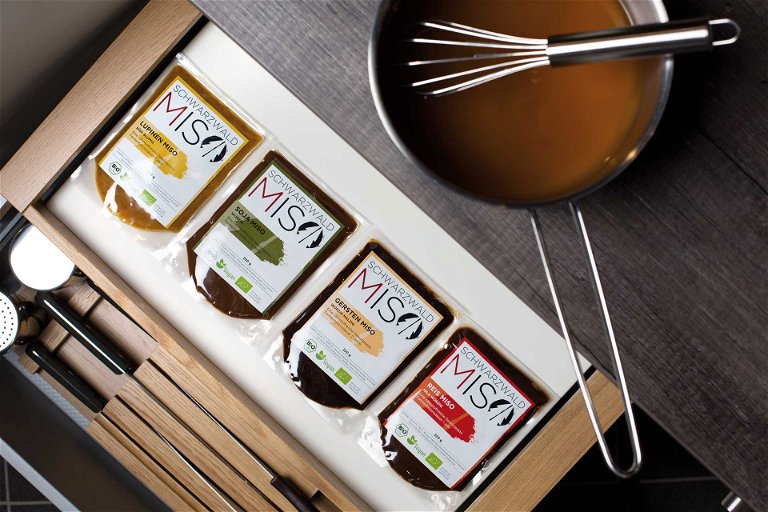
Making miso
To make miso, pulses or steamed grains, commonly rice, soybeans or barley, are inoculated with koji, a starter culture containing the mould Aspergillus oryzae. This is the same fungus that is used to make soy sauce and ferment sake and in the West it is better known as yeast. As it grows, the yeast produces enzymes that break down the starch and proteins in the pulses into delicious components.
Given time, miso paste matures becoming ever more complex – much like good wine. The resulting paste is full of umami, like a long-cooked jus or glace plus the kick from fermentation and all the complex flavours that yeasts and lactic acid bacteria produce.
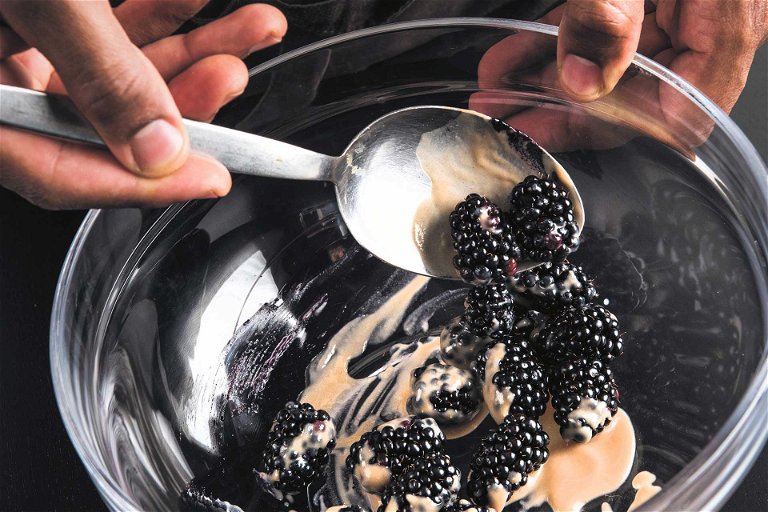
Versatile preservative
But it's not just the taste of miso that is fantastic - it also offers the opportunity to make delicious things that would otherwise be thrown away because they are difficult or impossible to eat. While rice, barley or soybeans are traditionally the most common miso media, Aspergillus oryzae will grow on almost any ingredient under the right conditions, as long as it contains just a little starch and/or protein.
Because there is no miso tradition in Europe, chefs are daring to experiment. German chef, Felix Schneider, has already made miso from acorns, which are otherwise inedible because of their high tannin content, and chillies, which would otherwise be too hot to eat. "Thanks to fermentation, they lose their heat and you can taste their great aroma," he says.
He is also busy experimenting with growing the fungus on fish and meat - a technique that is very popular in the USA and, whilst it may not produce miso, it can produce seasoned sauces or matured meat.

Miso moves West
Miso is becoming ever more popular with Michelin-starred chefs and it is well on its way to leaving its exotic corner of the world. These days European chefs are very comfortable cooking with miso; Gordon Ramsay creates a poached salmon dish based around a miso stock with ginger, chilli and kaffir lime, whilst chef Nick Edgar combines halibut with miso and wild prawns. And with Peter Koch so busy he can barely keep up with demand, I think we can be sure that miso paste has firmly taken root in Western cuisine and is here to stay.
To make miso, pulses or steamed grains, commonly rice, soybeans or barley, are inoculated with koji, a starter culture containing the the mould Aspergillus oryzae. This is the same fungus that is

